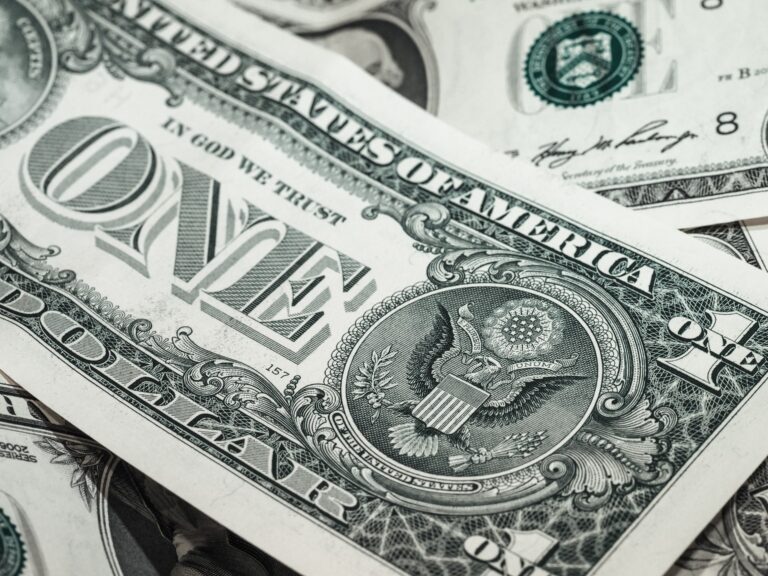
Morning Brief – Similar metric, different data
Similar metric, different data
As we discussed last week, the non-farm payroll data released on Friday 4th Feb would be of critical importance to the value of the US Dollar. It would be the next major data point on the road ahead of the Federal Reserve Decision next month that will contribute to the Open Market Committee’s assessment of the US economy. Earlier last week, as is always the case, ADP data was released in advance of the more closely followed NFP data released on the first Friday of every month.
The ADP data had been expected to show 207,000 jobs added to the US economy in January. What markets received was data that showed a (non-farm) employment change of minus 301,000 jobs from the economy. Whilst there was sufficient evidence from quits data to at least leave the argument of excess churn in the labour market on the table, the risk that this reading could pose to the Federal Reserve’s assessment of the economy next month destabilised the Dollar.
Given that the major counter party for the US Dollar is the Euro, a more hawkish tilt from the ECB on Thursday, following the ADP report but preceding NFP data, was able to take the wind out of the perceived strength of the Dollar even further. Breaking towards a new range, the Dollar was under pressure as global rate forecasts were raised higher at the expense of the Dollar’s own.
Whilst unable to send the US Dollar back towards previous highs, when NFP data was released on Friday showing 467,000 jobs added to the US economy in January versus an expected reading of 150,000, the Dollar did secure a bid. After rivalling year-to-date lows on Friday, the data was able to claw the Dollar back from the brink to trade slightly stronger on the day during the European afternoon session.
Discussion and Analysis by Charles Porter

Click Here to Subscribe to the SGM-FX Newsletter
Related Insights

Morning Brief – Texas, USA
Texas, USA The third largest citrus state in the USA after California and Florida is Texas. Currently the citrus crop is under threat in Texas due to chronic water shortages owing to a long running dispute with Mexico over delivery under a 1944 treaty whereby Mexico is supposed to deliver “1.75 million acre feet of […]

Morning Brief – Parity
Parity As we brought to you earlier this week, there is an increasing chatter in the market about whether EURUSD has the momentum to challenge parity once again. At face value, of course, this would create a meaningful value change in the world’s foremost currency pair which has already seen a significant exodus of value […]

Morning Brief – US Dollar
US Dollar Surging on a strong US economy together with further geopolitical tensions in the past week, USD is at its strongest versus EUR this year and came within a whisker of breaking through 1.06 in yesterday’s trading. Against the Japanese Yen USD was 154.55 which caused Japanese Finance Minister Shunichi Suzuki to break cover […]



 Humphrey Percy
Humphrey Percy Charles Porter
Charles Porter